Queen Elizabeth II, the longest-reigning monarch in British history, died aged 96 on Thursday, Buckingham Palace announced. The death of the beloved monarch came after Buckingham Palace announced Thursday that her doctors had been "concerned for Her Majesty's health." Prince Charles, the former Prince of Wales, is now King.
He will address the shocked country soon, as the globe mourns the loss of Britain's longest-reigning monarch. Doctors had become "worried" for her health, so all of her kids had hurried to Balmoral. She passed away a few hours later, surrounded by her family. Her death also marks the end of an era in both British and global history.
End of an Era
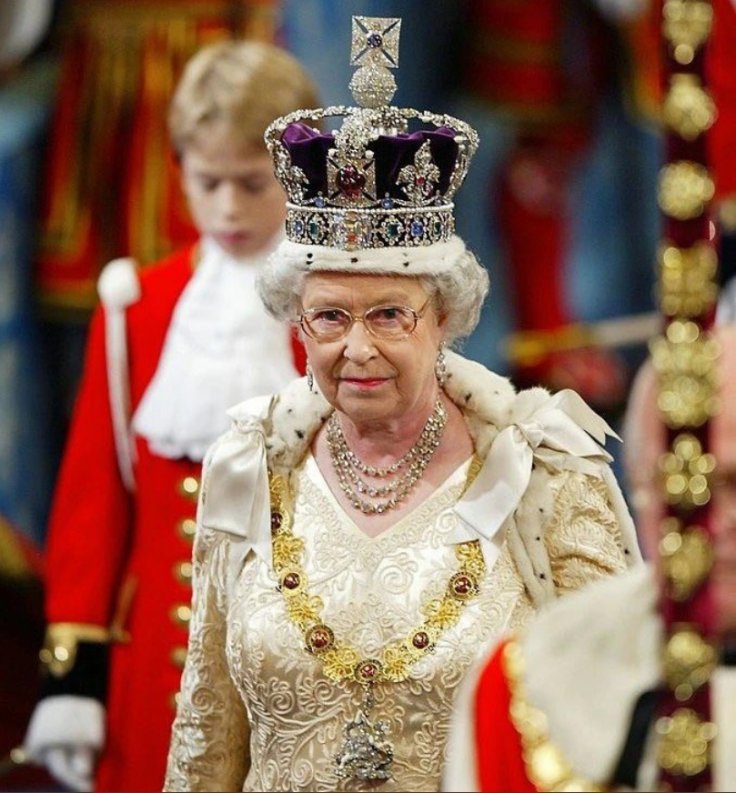
Queen Elizabeth II was loved by generations of Britons for her adherence to royal tradition and steely resolve in the face of personal scandals. Her death marks the end of an era. Her deteriorating health had been a cause of concern for some time now, especially after she tested positive for Covid-19 in February.
A Buckingham Palace spokesman said: "The Queen died peacefully at Balmoral this afternoon. The King and The Queen Consort will remain at Balmoral this evening and will return to London tomorrow."
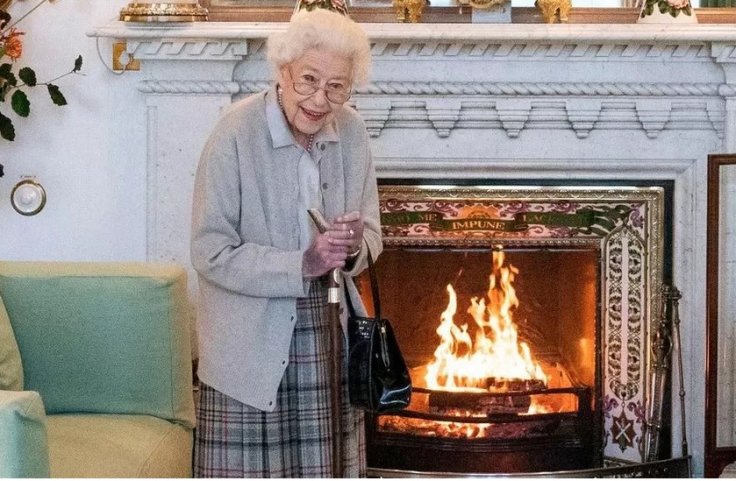
She was also compelled to cancel a number of public appearances lately, including a few this summer honoring her historic 70-year reign. Eight grandkids, seven great-grandchildren, and the queen's four children all rushed to be by her side when her condition deteriorated on Thursday while she was at her Scottish estate, Balmoral.
On September 9, 2015, Elizabeth overtook her great-great-grandmother Queen Victoria as the monarch with the longest reign in the country.
The Queen's death will see Britain and her Commonwealth realms enter into a 10-day period of mourning as millions of her subjects in the UK and abroad come to terms with her passing.
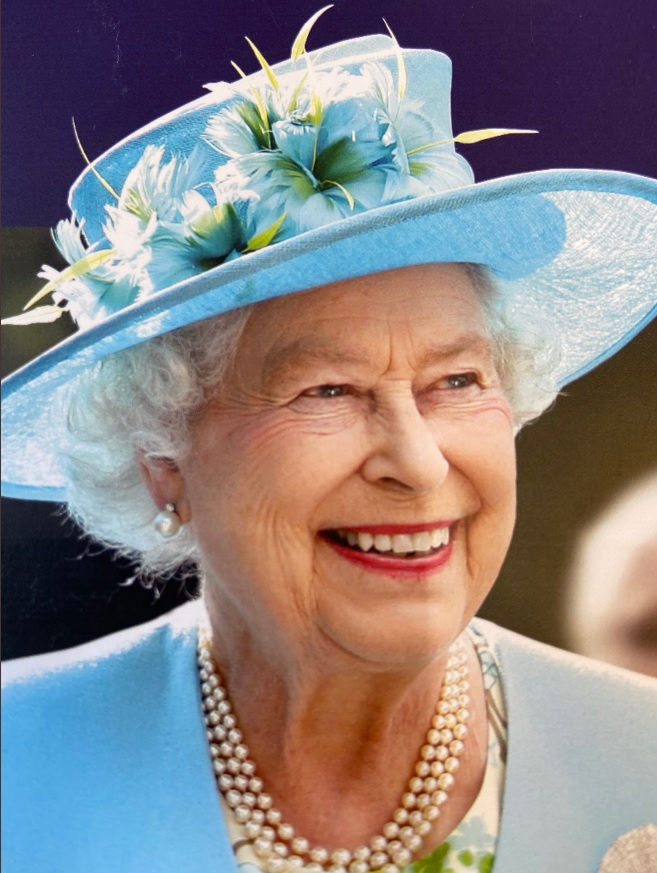
In addition, there will be a celebration of her historic 70-year reign, which saw her reach her Platinum Jubilee this year—a milestone that is unlikely to be attained by another British monarch—as her son ascends to the throne.
For the Queen, regarded by many as the greatest Briton in history and unquestionably the most famous woman on the planet, tributes are already pouring in. She was the ultimate embodiment of Britishness to billions of people worldwide.
To her subjects at home, Queen Elizabeth II was the country's anchor, standing steady in the face of any storm, from the tumultuous years following World War II to, more recently, the pandemic.
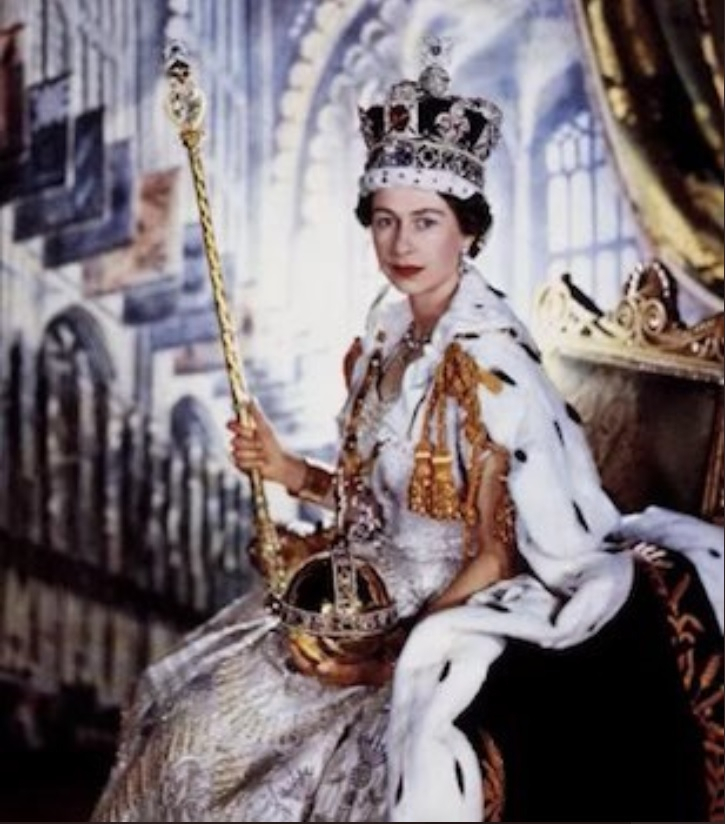
As she faced with tragedies and scandals within her own family, most recently the aftermath from Megxit and the passing of her adored husband Prince Philip, she remained unwavering.
The next step to King Charles' succession to the throne will be followed according to the plans laid in Operation London Bridge.
Before his mother's funeral, Charles and Camilla will now travel to the United Kingdom. The Queen announced Camilla her eldest son's Queen Consort in a historic speech to celebrate Her Majesty's Platinum Jubilee and 70 years as monarch on February 6, 2022.
Memories and Tributes

Queen Elizabeth II's death comes more than a year after her devoted husband Philip, who she referred to as her "strength and guide," passed away in April 2021 at the age of 99. Her own health deteriorated since his funeral, where she somberly sat alone herself due to lockdown limitations, and she was compelled to skip an increasing number of occasions primarily because of "mobility problems" and exhaustion.
She went to Scotland in July for her yearly summer vacation, but due to her ill health, which was thought to be related to her ability to stand, she opted out of the customary welcome to Balmoral Castle in favor of a smaller, more private ceremony.
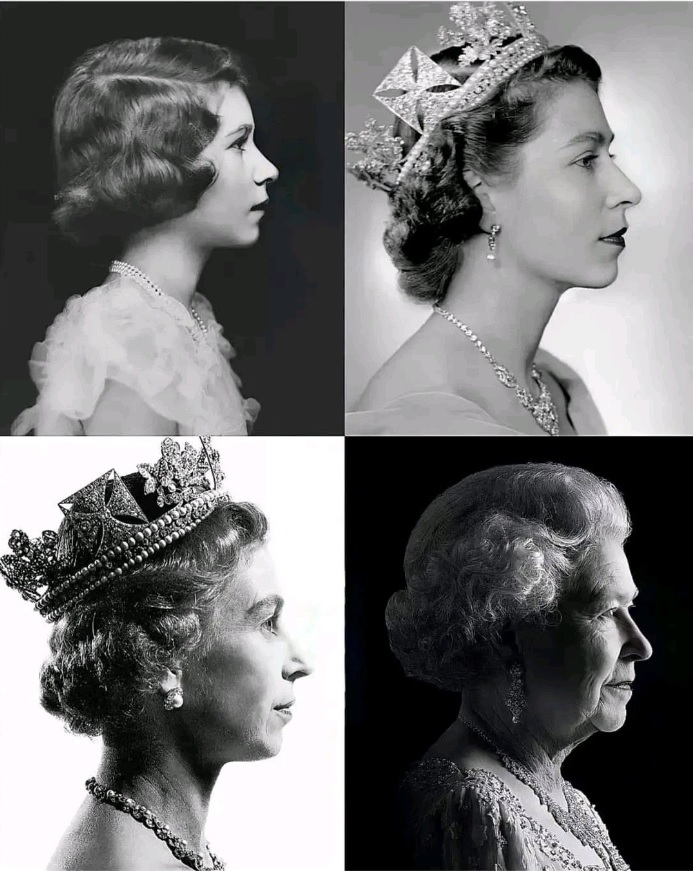
At the end of July, Prince Charles opened the Commonwealth Games in Birmingham alongside the Duchess of Cornwall in honor of his mother. The Braemar Gathering was missed by the Queen in late August. This was the first time in her 70-year reign that she had skipped the Highland Games.
She was nevertheless in good enough health to meet Boris Johnson at Balmoral and accept his resignation before asking Liz Truss, her reign's 15th prime minister, to form a government. The Queen had not been spotted in public for two months, yet she was standing with the aid of a stick and grinning as she received Truss in front of a blazing fire. It would be her last photograph.
The Queen, who is known for her bright hats and adored corgis, will be remembered most for the smaller achievement of merely preserving the monarchical institution into the twenty-first century, according to analysts.
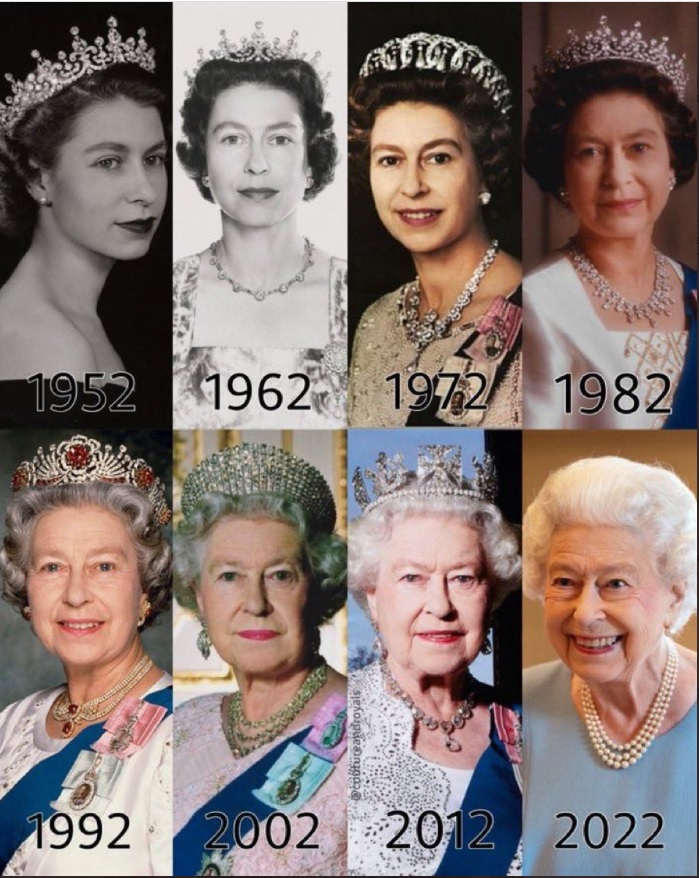
"Through her life, she built on the mystique of monarchy all around the world," British historian Robert Lacey, author of the biography "Monarch: Life and Reign of Elizabeth II," told The New York Post.
"When historians look back on her reign, that will be it ... If you'd been a betting man, you'd have put your money on a republic."
Young Princess to Queen
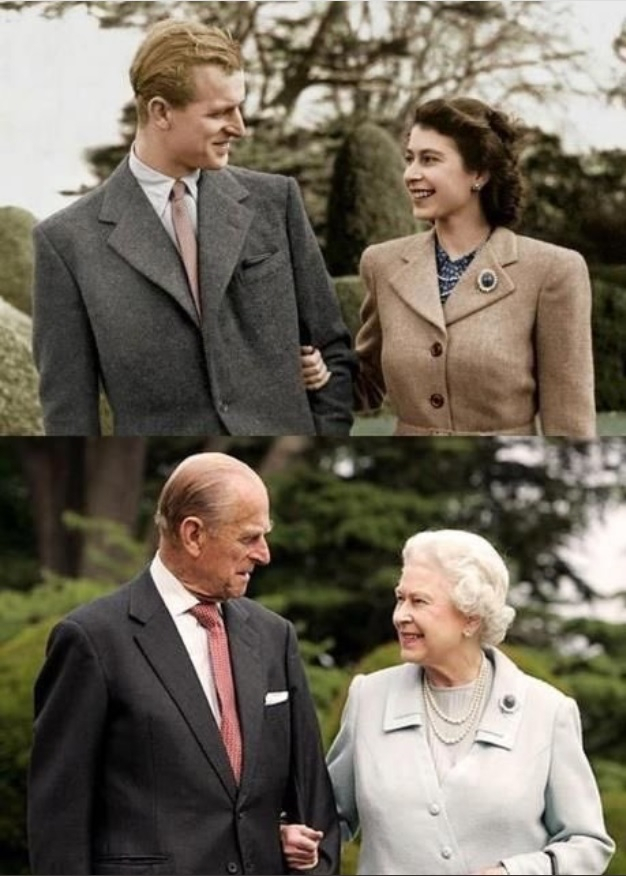
Princess Elizabeth Alexandra Mary, future Queen Elizabeth II, was born on April 21, 1926, in London to the Duke and Duchess of York. Nobody anticipated she would ever become queen because she was the third in line for the throne being the daughter of King George V's second son.
She had a prosperous, privileged, and well-known childhood. But because there were no expectations in these early years, Elizabeth, who was known to her relatives as "Lilibet," was able to enjoy some independence before unpredictably rising through the ranks of the royal family.

"They lived in a town house in Piccadilly, looking across Green Park at Buckingham Palace. I've always felt this had a great effect on her ... That was what gave her the awe and reverence for her grandfather's position," Lacey told the New York Post.
When Elizabeth's grandfather passed away in 1936, Edward was the next in line for the throne. However, due to the scandal surrounding his scandalous marriage to American divorcee Wallis Simpson, he abdicated within a year, forcing Elizabeth's father to grudgingly succeed him as King George VI.
The news of her new role made her bashful father sob, but the stoic Elizabeth had a strong sense of duty from an early age.
"When our father became King, I said to her, 'Does that mean you're going to become Queen?' She replied, 'Yes. I suppose it does.' She didn't mention it again," Princess Margaret once recalled.

Still, she famously confessed to her riding teacher a few years later that in a different life, she'd "like to be a lady, living in the country with lots of horses and dogs."
When Britain entered World War II in 1939, the young princesses were transferred between royal palaces for the duration of the war after the royal family rejected requests to evacuate them to Canada to escape Nazi aerial bombing.
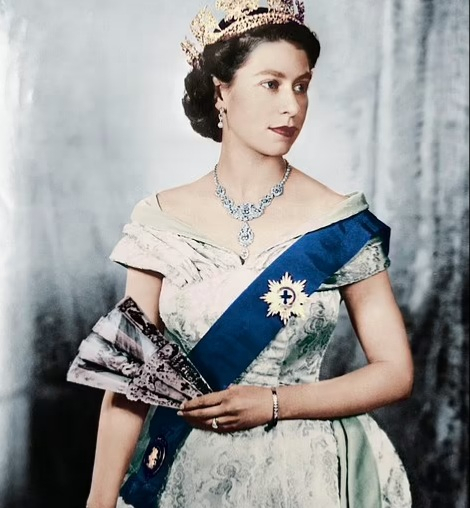
Elizabeth also contributed to the war effort during World War II, earning money to purchase wool for military uniforms and, at the age of 14, making her first radio transmission to children who had been evacuated from their homes on BBC's Children Hour.
Around this time, she also developed feelings for Philip Mountbatten, a distant cousin born into the Greek and Danish royal dynasties who would later become her husband. During their time spent together in 1939 at the Royal Naval College, Elizabeth, then 13 years old, and Philip, then 18 years old, started writing to one another on a regular basis.
Elizabeth was 21 years old when the pair exchanged vows at Westminster Abbey in 1947.









